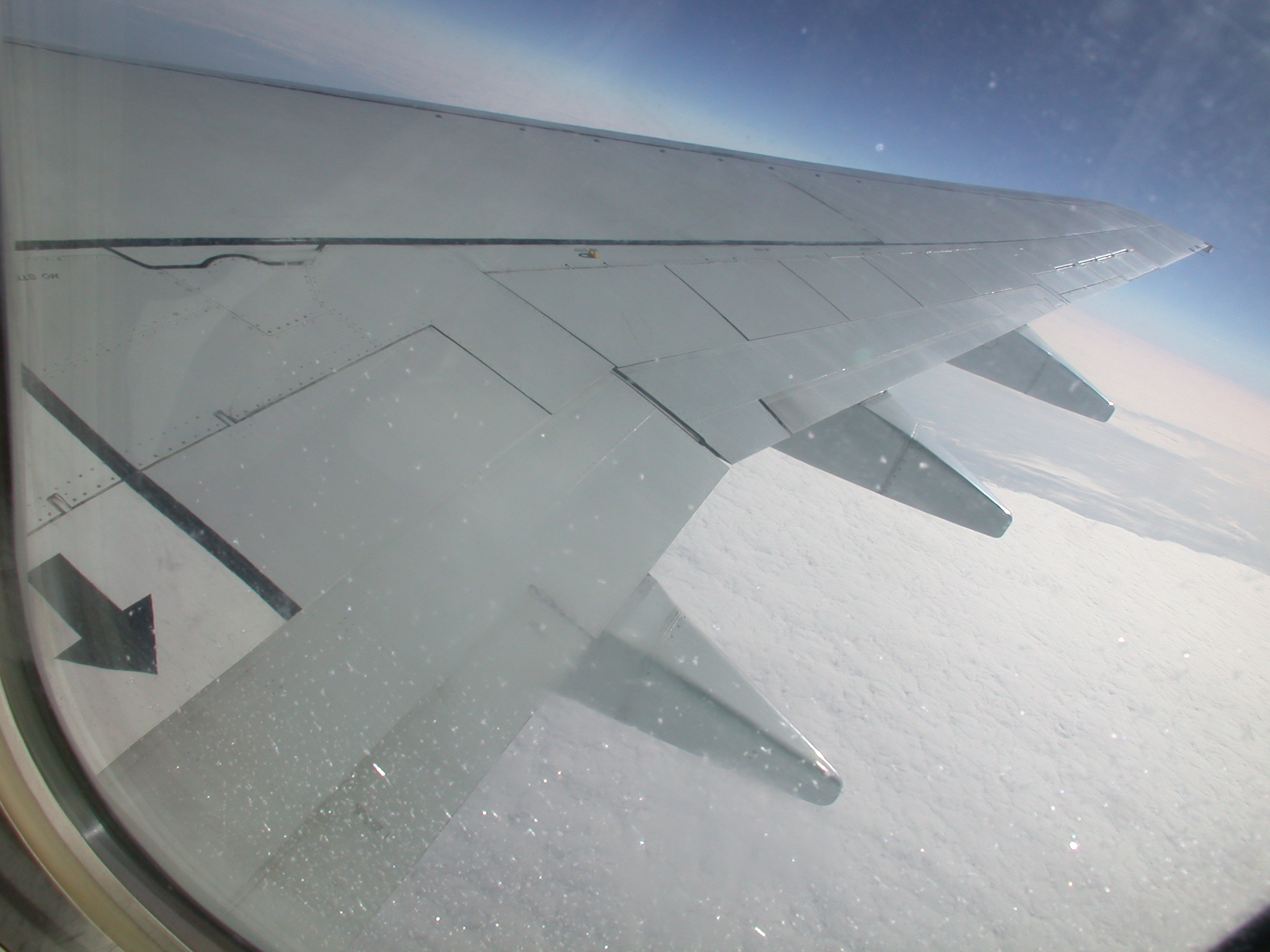wallytrickett0
About wallytrickett0
Understanding the Dynamics Of Private Flights: A Comprehensive Examine
Introduction
The aviation industry has witnessed a significant evolution over the previous few many years, with private flights emerging as a prominent section catering to a diverse clientele. This examine report goals to discover the intricacies of private flights, inspecting their history, current tendencies, advantages, challenges, and future prospects. By understanding the dynamics of private aviation, stakeholders can make informed selections that align with their journey wants and preferences.

Historical Context
Private aviation has its roots in the early 20th century, with the primary private flight taking place shortly after the arrival of powered flight. The submit-World Struggle II era marked a pivotal moment for private aviation, as army surplus aircraft turned accessible to civilians. In the 1960s, the introduction of gentle jets revolutionized the industry, making private flying more accessible to entrepreneurs and business executives.

The 1980s and nineteen nineties noticed the rise of fractional ownership programs, permitting individuals to purchase a share of an aircraft and access it for a certain variety of hours yearly. This mannequin democratized private flying, catering to a broader viewers beyond the extremely-rich. The flip of the millennium introduced additional developments in expertise, together with the emergence of on-demand charter providers and the event of cellular apps for booking flights.
Present Trends in Private Flights
- Increased Demand: The COVID-19 pandemic significantly impacted the aviation business, leading to a surge in demand for private flights. Travelers seeking safety and social distancing turned to private aviation as a viable various to commercial airways. This shift has continued publish-pandemic, with many individuals preferring the comfort and exclusivity of private flights.
- Technological Developments: The private aviation sector has embraced expertise, with innovations resembling superior booking platforms, actual-time flight monitoring, and enhanced in-flight companies. Cell applications have simplified the process of chartering flights, making it easier for users to compare prices and services.
- Sustainability Initiatives: As environmental concerns grow, the private aviation business is more and more specializing in sustainability. Operators are investing in gasoline-environment friendly aircraft, exploring sustainable aviation fuels (SAFs), and implementing carbon offset applications to mitigate their environmental affect.
- Various Clientele: The clientele for private flights has expanded beyond traditional enterprise travelers. At present, private aviation caters to families, celebrities, sports teams, and even medical transport. This diversification has led to the development of specialised services tailor-made to completely different customer needs.
Benefits of Private Flights
- Time Effectivity: One of many most significant advantages of private flights is the time saved. Passengers can avoid lengthy security traces, test-in processes, and layovers related to business flights. Private jets can entry smaller airports, bringing travelers nearer to their remaining locations.
- Flexibility: Private flights provide unparalleled flexibility in scheduling and routing. Passengers can choose their departure time, alter flight paths, and even change destinations on quick discover, accommodating last-minute business conferences or private commitments.
- Customized Experience: The private aviation experience is very customizable. Passengers can choose their in-flight catering, leisure options, and cabin configurations, making certain a cushty and satisfying journey tailor-made to their preferences.
- Privateness and Safety: Private flights present a stage of privateness and security that business airways can not match. Excessive-profile individuals can travel discreetly, minimizing exposure to the general public and media.
Challenges Facing Private Aviation
- Price: The primary barrier to entry for private flights stays the cost. Working a private jet involves vital bills, including maintenance, fuel, crew salaries, and hangar fees. Whereas fractional possession and charter services have made private flying more accessible, it nonetheless represents a considerable financial dedication.
- Regulatory Hurdles: The private aviation trade is topic to various regulations that can complicate operations. Compliance with safety requirements, air traffic control procedures, and international regulations can pose challenges for operators.
- Environmental Issues: Despite efforts to advertise sustainability, private aviation nonetheless faces scrutiny relating to its environmental affect. Critics argue that the carbon footprint of private jets is disproportionately excessive compared to commercial flights, prompting requires extra stringent rules and sustainable practices.
- Market Volatility: The private aviation market will be risky, influenced by economic circumstances, geopolitical events, and public health crises. Fluctuations in demand can lead to operational challenges for charter corporations and operators.
Future Prospects
The future of private flights seems promising, pushed by several elements:
- Technological Improvements: The integration of synthetic intelligence, information analytics, and blockchain expertise is about to boost the efficiency and safety of private aviation. Improvements in aircraft design, such as electric and hybrid propulsion techniques, can also reshape the industry.
- Progress of On-Demand Services: The development toward on-demand charter providers is anticipated to continue, permitting travelers to book flights with larger ease and adaptability. As more individuals develop into accustomed to the comfort of private aviation, demand for these services will probably grow.
- Give attention to Sustainability: The push for sustainability will drive the trade to adopt greener practices. Investment in SAFs, electric aircraft, and carbon offset programs will probably be essential in addressing environmental issues and assembly regulatory requirements.
- Global Expansion: As emerging markets develop and wealth increases in areas similar to Asia and Africa, the demand for private flights is expected to rise. Operators might must adapt their companies to cater to diverse cultural preferences and travel habits.
Conclusion
Private flights symbolize a dynamic and evolving phase of the aviation industry, characterized by increasing demand, technological developments, and a growing give attention to sustainability. For more info on private jets charter flights (one-time offer) review our own site. Whereas challenges comparable to value and regulatory hurdles persist, the way forward for private aviation seems to be vibrant, with opportunities for innovation and expansion. As travelers search more personalized and environment friendly travel experiences, private flights will proceed to play a significant position in shaping the way forward for air journey.
No listing found.